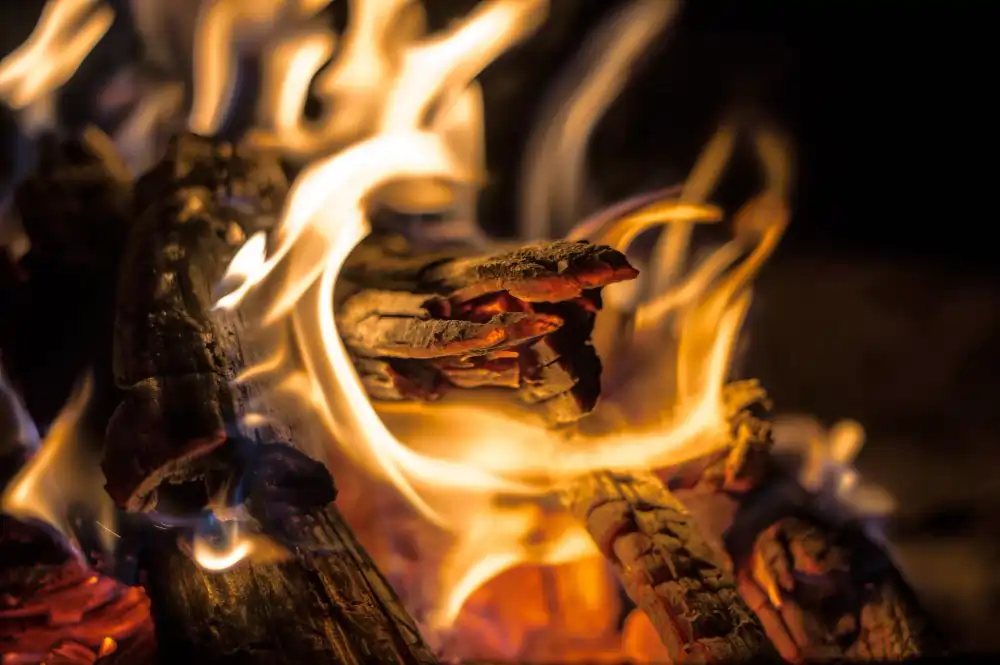The tightening of regulations on boilers for heating buildings is due to a growing awareness of how important it is to care for the environment. One of the causes of air pollution is substances emitted during the combustion of various fuels.
What are boiler classes?
Boiler classification was first introduced in Poland in 2002. At that time, boilers of 1, 2 and 3 classes were available on the market. A higher class meant that a particular model emitted significantly less flue gas, and its overall performance and efficiency was at the highest level.
In 2012, the PN-EN 303-5:2012 standard was introduced, under which an additional two classes of boilers were introduced. Class 4 and 5 boilers appeared on the market. At the same time, 1st and 2nd class models were completely withdrawn from circulation. This was mainly due to the fact that they were verified in terms of flue gas emissions and carbon dioxide, and the analysis carried out showed that they were environmentally unfriendly and inefficient.
Different classes of solid fuel boilers - what are their characteristics?
It is worth learning a little more about the current classes of solid fuel boilers, which can certainly be useful when buying a stove.
Currently, the lowest class of boiler is class 3. These devices are by far the least efficient and emit a fair amount of pollution, so they are considered not very environmentally friendly. They are characterized by a rather high failure rate and low efficiency.
Class 4 is reserved for boilers of average quality. It usually describes coal-fired stoves that are no longer manufactured or once-popular bottom-fired feed boilers. Both Class 3 and Class 4 furnaces must be replaced according to current regulations. The exact dates by which this must be done are set separately for each province. Failure to replace them can result in hefty fines, so it is worth reading these regulations carefully.
The only boilers currently available for sale are 5, the highest class. They are distinguished by efficient operation, and produce less pollution and harmful substances. They are more environmentally friendly than 3rd class furnaces by up to 90%.
How to effectively check the class of the boiler?
With the need to replace furnaces, many people are wondering how to check the class of the boiler they have at home. The most effective way to do this is to verify the information on the rating plate. This can be found on the outer casing of the boiler. Such information can also be found in the owner's manual. If the boiler does not have a nameplate or there is no information on the class of the furnace, it means that it is eligible for replacement.
The rating plate is not only a way to know how to identify the class of the boiler. It contains a lot of valuable information that can be extremely useful. On such plates you can find, first of all:
- the name and address of the manufacturer,
- type of boiler, its serial number and year of manufacture,
- nominal power,
- boiler class for each of the fuels that can be used in it.
Due to current regulations and standards, every stove must have such a plate.
Mandatory replacement of boilers - what do you need to know?
Replacement of 3rd and 4th class boilers with eco-friendly and environmentally friendly models is essential. This is dictated by concern for air quality and the desire to reduce the amount of pollution produced. In addition to replacing the boiler with a more modern model, it is also worth thinking about the use of decidedly more ecological fuel. The best solution is to use wood pellets or eco-pea. They are equipped with special feeders that make their operation extremely easy and comfortable. They are also reliable and have a low failure rate, so they are sure to serve for a long time.
Determining the class of the boiler is very important, as it may be necessary to replace it. Current regulations allow only class 5 boilers, which are environmentally friendly and economical to use.
